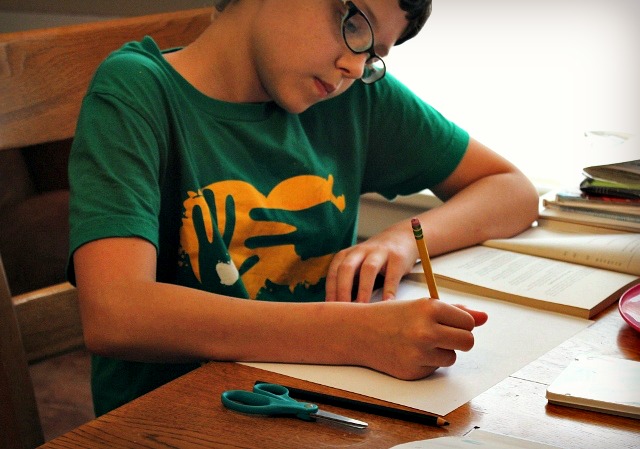The most common idea of alternative education choice in the public eye remains the traditional private or charter school. Homeschooling is becoming more commonplace and might be considered a close second.
However, when most people think of choices in education, they think about school settings.
When I describe a private or charter school as traditional, I mean that they use similar methods and schedules to the public school. They test students in much the same way and measure learning progress through grades and assessments.
Private Schools
The definition of a private school varies from state to state (and country to country). For the most part, it is defined as any privately funded and established educational facility that stands as an alternative to attending a publicly funded school.
Common private schools include parochial schools- those which provide religious education in addition to a standard curriculum- as well as preparatory schools and other academic-focused institutions.
These schools are funded by the tuition students pay as well as private donations. In terms of their structure and methods of teaching, they don’t veer too far from the standard model of public schools. In fact, a lot of the conservative private schools are even more rigid and structured than their public counterparts.
Charter Schools
A charter school is considered a public school, as it is partially if not fully funded by taxes. They are free public school alternatives. Charter schools are relatively new but widely popular in the areas where they have been introduced.
If you have ever seen documentaries like The Lottery and Waiting For Superman, then you have an idea of what a charter school looks like and how popular they are.
Charter schools also range in what methods are used. Some charters are simply alternative high schools where students who are struggling in class and in their social situations can earn their degree through various methods of tutoring, computer work, and sometimes work-study environments.
The most common charter schools, like private schools, tend to be academic “prep” centers where students are rigorously taught and tested.
Traditional Setting, Traditional Methods
All of the schools I described above would fall into the category of traditional setting, the traditional method on the alternative education spectrum.
I’m not going to focus any more time on these types of educational settings, simply because they are so similar to public education. They are all an attempt to fix the problems within the current educational world by imitating the same structure and methods and just doing them “better”.
What I want to explore are the educational options that truly deviate from the traditional model. These are the real alternatives to education.
There is a small but growing segment of private and charter schools that are using non-traditional methods and settings.
- Montessori
- Waldorf
- Democratic & Free Schools
- Learning Centers
I want to highlight a few of these and provide some background and insight into each movement.


